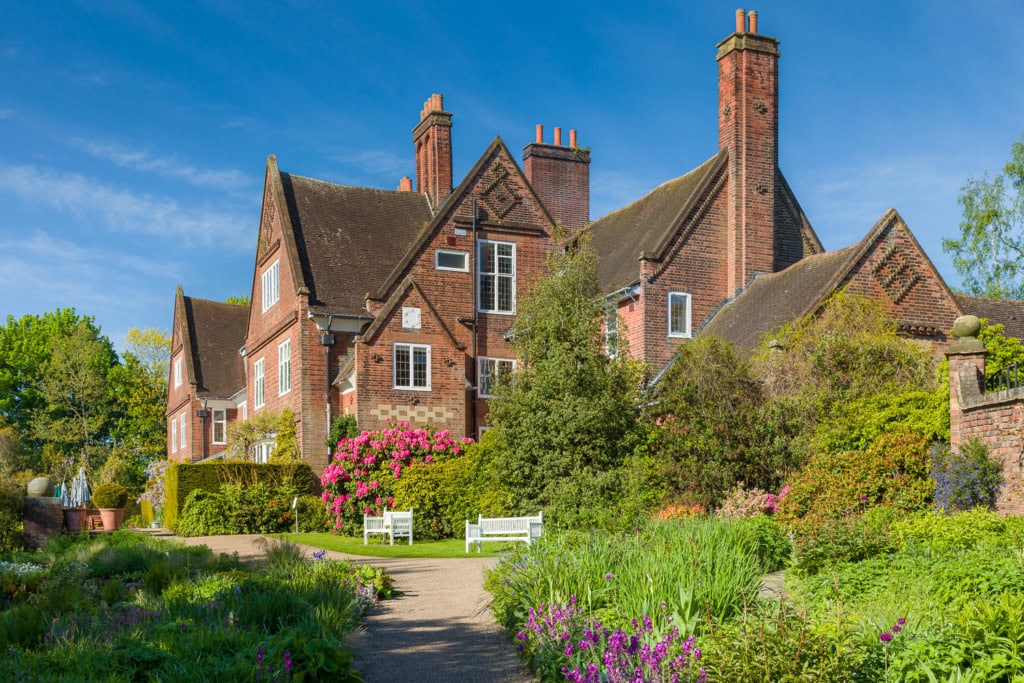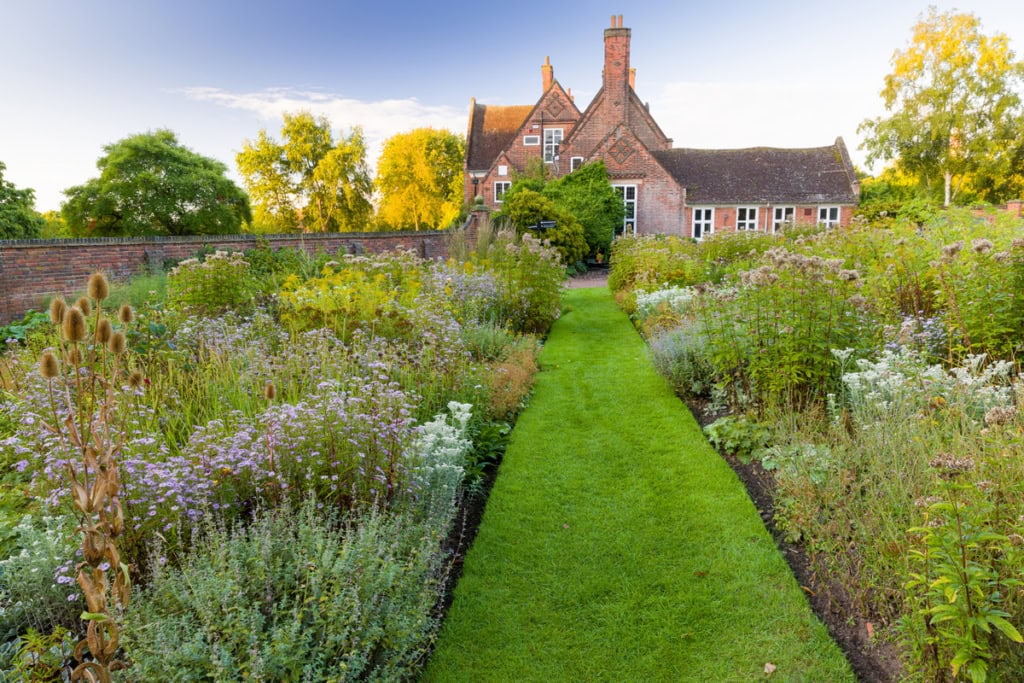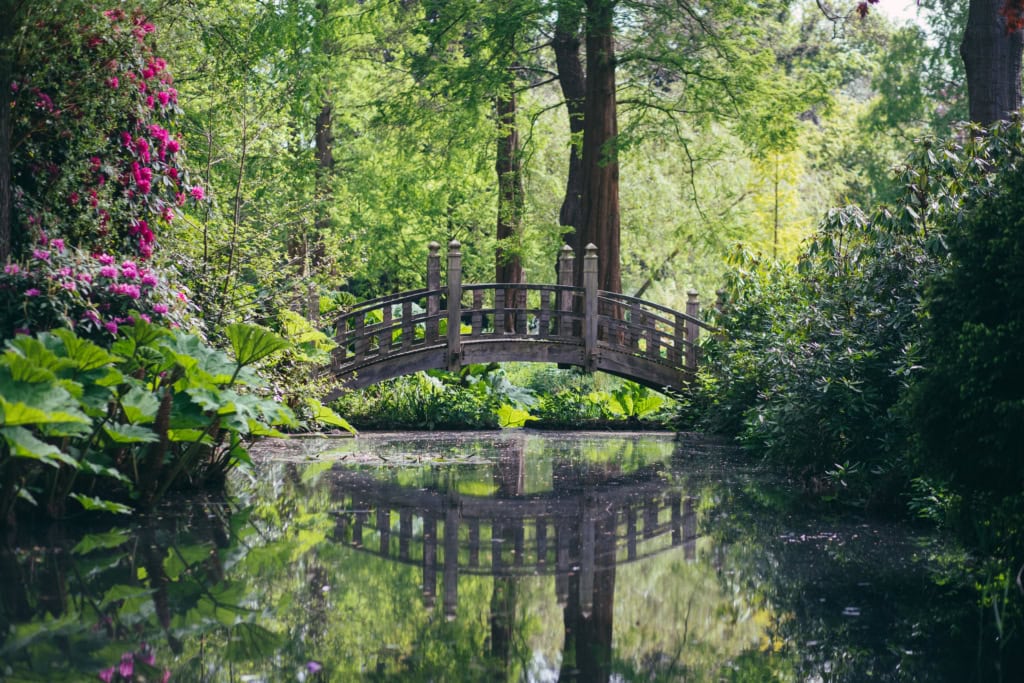Winterbourne House, University of Birmingham (UK)
Hosted by the Centre for printing history and culture (CPHC) the conference is taking place at Winterbourne House & Garden, a Grade II Listed Edwardian estate built in 1903 for the Nettlefold family who were Birmingham industrialists who made their fortune in nut, bolt and screw manufacturing. The house was designed to be ‘cutting-edge’ for the time with all the modern conveniences of electric lighting, hot running water and a telephone line. Rooms were light and airy, with views over the garden. The Arts & Crafts movement inspired the design and local materials and craftspeople were employed to provide an enduring feel of quality. AEPM delegates will be free to visit the house and learn about the Nettlefold’s history and the families that came after them. Interactive exhibits bring the history of the house to life, and whilst little is known of how the interior would have looked during the Nettlefold’s tenure, rooms have been sympathetically recreated with beautiful William Morris print wallpapers and period furnishings to evoke the Edwardian era.
Winterbourne Garden
Winterbourne Garden is a beautiful space in which AEPM delegates can picnic at lunchtime, walk and find quiet and space for reflection. Winterbourne is one of the best surviving examples of an Edwardian Arts & Crafts suburban villa garden in Birmingham which was lovingly created by the Nettlefold family. When the Nettlefolds left in 1919, two subsequent families called Winterbourne home. The latter, John Nicolson, was an avid gardener and built on the existing foundation with further features such as a Japanese bridge and scree garden. When the University took ownership in 1944 the botanical garden was used for study and relaxation by students, and research by the School of Botany. Today the botanical garden is Grade II listed and offers colour and interest throughout the year. The restored walled garden complete with crinkle-crankle wall, is a riot of rainbow shades from May until October. The lawns are fringed with striking colour themed borders, and beyond lies an original sandstone rock garden and a woodland walk through Gunnera leaves and Rhododendron displays. The botanical garden contains plants from around the globe with collections of plants from China, North and South America and the Alpine areas of the world.
The Herbarium Archive
Winterbourne is also home to the University of Birmingham Herbarium, a collection of dried plant specimens preserved and classified for study and research. AEPM delegates will be able to visit the Herbarium Archive’s new permanent exhibition, called The Dry Garden: Treasures from the University Herbarium, in the House. In the early 1900s, the Professor of Botany at the University of Birmingham began creating the Herbarium as a resource for the Botany department. Through purchases, donations and bequests, the University steadily acquired collections of plant specimens from both professional and amateur botanists. Today, the Herbarium contains at least 50,000 specimens of British flora, dating from the early 19th century to the 1970s. For many years the Herbarium was central to botanical education and research at the University, but by the early 2000s it had ceased to play a formal part in academic teaching. In 2021, the Herbarium was moved to a new permanent home at Winterbourne. Alongside the actual plant specimens, Winterbourne also holds archival material relating to the Herbarium. This collection includes early photographs, botanical drawings, correspondence, and printed ephemera about the formation of the Herbarium which sheds light on the many plant collectors who contributed to it.


